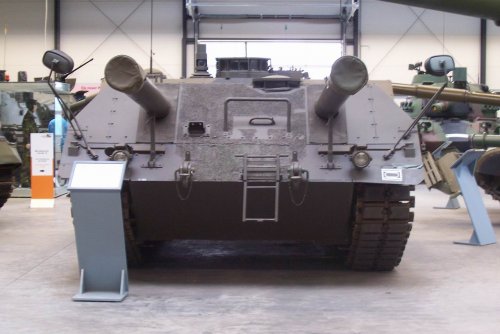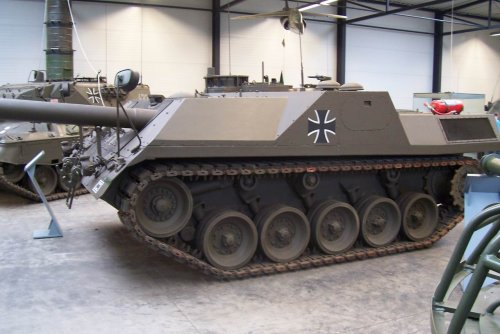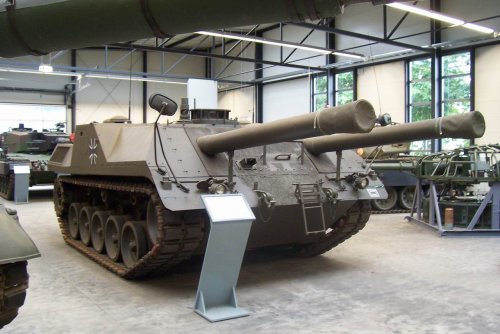Nik said:
.......
Uh, I've seen quad AAA mounts, and side-by-side twins, but I don't recall any over & under designs...
The autoloader description was, uh, obscure.
FWIW, would such a twin arrangement suit maritime applications ? It seems to have a lower cg than a side-by-side turret...
I have a couple sets of encyclopedias around the house,..
One series in particular, the Illustrated Encyclopedia of 20th Century Weapons and Warfare,
(pardon the sales pitch, but some of the covers can be seen here in this Amazon offering....
http://www.amazon.com/Illustrated-Encyclopedia-Century-Weapons-Warfare/dp/B000RUOW6Q/ref=sr_1_2?s=books&ie=UTF8&qid=1290544251&sr=1-2
....actually lists several ship types (post WW2) of Soviet/Warsaw Pact and even Italian design featuring over-under twin barrel gun mountings:
in Soviet/Warsaw Pact service, there were various 37mm o/u mounts, and maybe a 23mm or two, I'll have to go digging,
that were featured on some light surface combatant types (FACs, corvettes, etc).
In the Italian case, it was over/under 76mm mounting pre-dating the now-popular OTO Melara single 76/62, used again in light vessels.
Cannot exactly recall its name/designation, but one in particular that stuck out was a frigate-sized vessel sporting, depending on production block, three of these twin over/under mounts...think it was one forward and 2 aft.
I browsed thru the NavalWeapons site,
http://www.navweaps.com/Weapons/index_weapons.htm
but found no info on any Soviet/WP/Russian, or Italian, guns of this nature (over/under barrels).
Now it's got me buggin'... Have to dig out those books when I get home for holiday weekend...
As those books were copyrighted last time in ~1977 if I'm not mistaken, and that branch of Columbia House Publishing no longer being around to badger me about permissions (sorry I don't have a scanner for pics),
I'll try getting up all the info I can on the guns (ship classes used on, rates of fire, calibers, etc).
The series is a fine addition to any collection if it can be found for a decent price.





